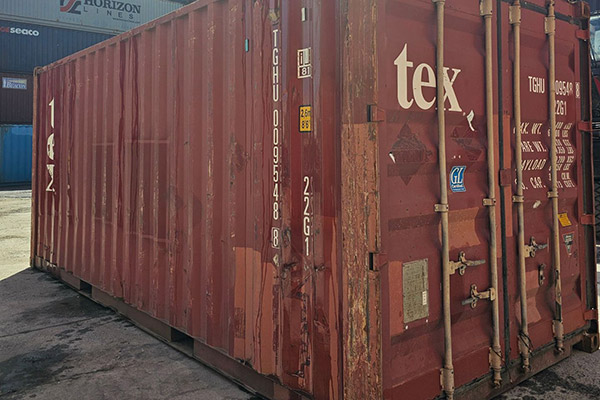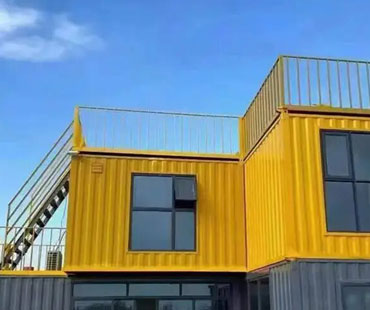In recent years, the world of art and architecture has witnessed a remarkable trend: the transformation of shipping containers into vibrant artistic expressions and functional spaces. This phenomenon, often referred to as "container art," embodies the intersection of industrial design and creativity, resulting in unique urban landscapes that challenge traditional notions of both art and architecture.
The Rise of Container Art
Shipping containers, initially designed for efficient transport of goods across the globe, have found new life in urban settings. Their robust structure, portability, and affordability make them ideal for various creative projects. Artists, architects, and urban planners have begun to recognize the potential of these steel boxes, repurposing them into galleries, cafes, homes, and even entire community spaces. As cities face challenges such as housing shortages and the need for sustainable development, container art provides innovative solutions that prioritize both functionality and aesthetic appeal.

A Canvas for Creativity
The versatility of shipping containers as a medium for artistic expression cannot be overstated. Artists worldwide have embraced these structures, using them as canvases for murals, installations, and interactive experiences. By painting, sculpting, or integrating technology, they breathe new life into these industrial relics, turning them into engaging works of art. Notable projects include large-scale murals that transform the exterior of containers into vibrant visual narratives, as well as installations that invite public interaction, fostering a sense of community and shared experience.
Architectural Possibilities
Beyond mere decoration, container art has spurred innovative architectural practices. Architects have begun to design modular structures that utilize shipping containers as building blocks. These designs not only maximize space but also promote sustainability by reusing existing materials. Container-based architecture can be seen in eco-friendly homes, pop-up shops, and temporary event spaces, all of which contribute to a dynamic urban environment. The ability to stack and arrange containers in various configurations allows for creative solutions that can adapt to the ever-changing needs of urban life.
Community Engagement and Revitalization
Container art projects often serve as catalysts for community engagement and urban revitalization. By transforming neglected spaces into vibrant art hubs, these initiatives breathe new life into underutilized areas. They create gathering places where residents can connect, share ideas, and participate in cultural activities. Furthermore, container art fosters collaboration between artists, local businesses, and community organizations, leading to a sense of ownership and pride among residents. Initiatives like container markets, outdoor art installations, and community gardens encourage local involvement and contribute to the overall well-being of the neighborhood.
Sustainability and Future Prospects
As cities continue to grow, the need for sustainable solutions becomes increasingly urgent. Container art aligns with this imperative by promoting the reuse of materials and reducing waste. This eco-conscious approach not only addresses environmental concerns but also inspires a new generation of artists and architects to think critically about their impact on the world. The future of container art looks promising, with ongoing projects aiming to incorporate renewable energy sources, green roofs, and other sustainable practices into container-based designs.
Container art represents a remarkable fusion of industrial design and creativity, transforming the urban landscape in exciting and meaningful ways. By reimagining shipping containers as artistic and architectural elements, we not only celebrate the ingenuity of human creativity but also address pressing urban challenges. As this movement continues to evolve, it holds the potential to redefine our cities, making them more vibrant, sustainable, and connected places for future generations. In a world where art and design work hand in hand, container art stands as a testament to the power of innovation and community spirit.


